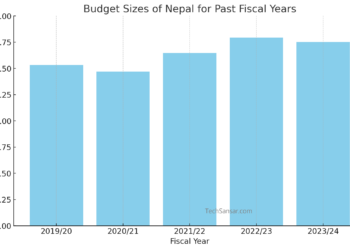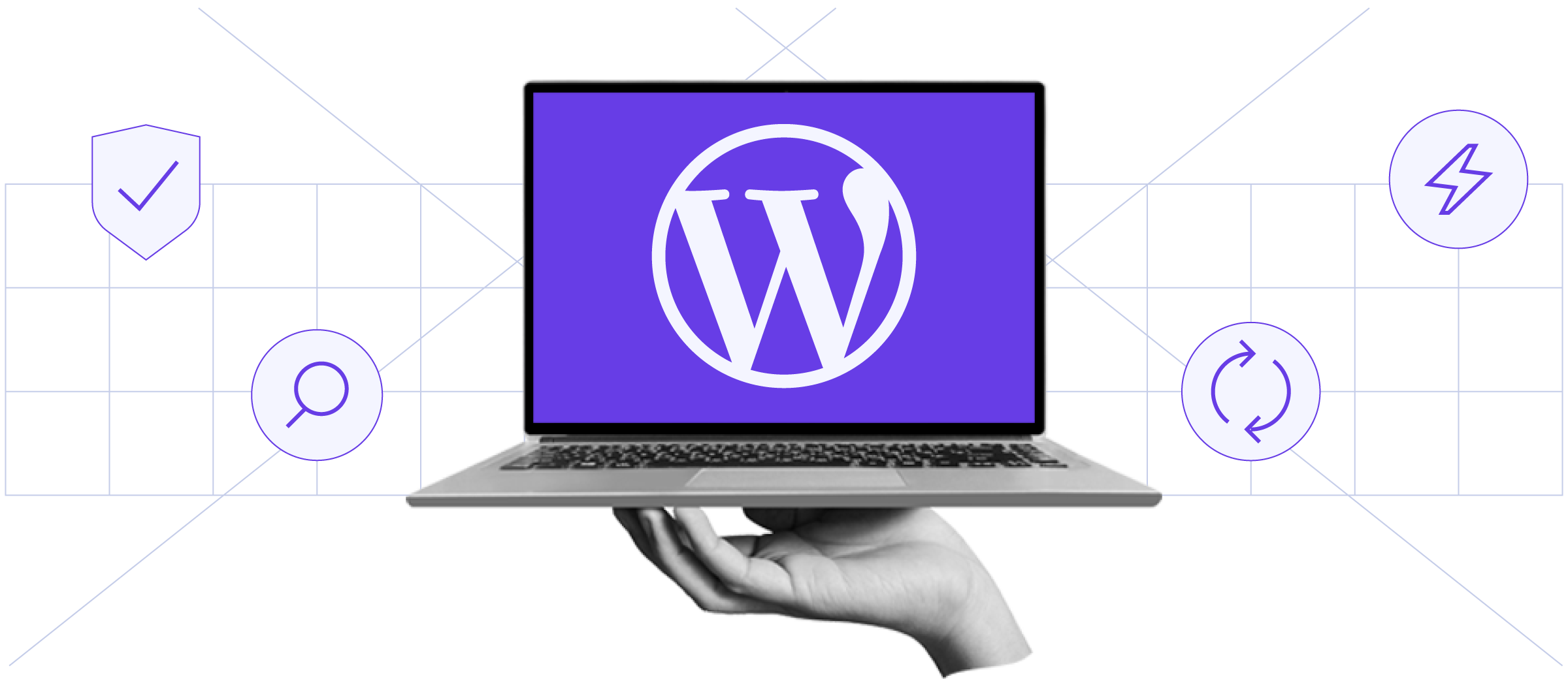 Technologies in communication system keep changing. You’ve probably come across “2G,” “3G,” and “4G”. But what does “G” means anyway? Put simply “G” in generation”- it refers to the generations of evolution of wireless communication systems. The first generation, 1G, was based on voice-only analogue cellular systems; the second generation (2G) on digital transmission technologies; and 3G focused on integration of voice, data and multimedia transmissions at greater speeds.
Technologies in communication system keep changing. You’ve probably come across “2G,” “3G,” and “4G”. But what does “G” means anyway? Put simply “G” in generation”- it refers to the generations of evolution of wireless communication systems. The first generation, 1G, was based on voice-only analogue cellular systems; the second generation (2G) on digital transmission technologies; and 3G focused on integration of voice, data and multimedia transmissions at greater speeds.
4G Different Views and Definitions
As we move towards this, the next generation of wireless communication, there is much difference in opinion on what 4G exactly will be and consist of. A number of different definitions and views on 4G have been put forth by different companies and countries! It is, therefore, difficult to give you a definition, as it were, of 4G.
The International Telecommunications Union (ITU) defines 4G technologies as providing data transfer rate of 1 Gbps when stationary and 100 Mbps in a mobile environment. Japan’s NTT DoCoMo has introduced the concept of “MAGIC” in its vision for 4G: “Mobile multimedia: Anytime, anywhere; Global mobility support; integrated wireless solution; and customized personal service.”
According to the European Commission, 4G would ensure seamless mobile service across an inter meshed web of wireless systems and networks from private to public, indoor to wide area.
4G will probably be a convergence of technologies that will allow seamless communication via broadband over wireless networks using the best available network (wireless LAN, Radio, TV broadcasts, or satellite). The ITU has dubbed 4G as “3G and beyond.” There is still a cloud of confusion, though, about the definition but at least we know what 3G is so:
The Problems with 3G
The third generation of wireless communications technologies aimed at supporting voice, data, and multimedia over wireless networks with higher transmission speeds. There were limitations and difficulties that 3G failed to overcome: the difficulty of moving across different wireless networks seamlessly, the limitations of the spectrum and its allocation, and data and multimedia transport at high speeds between fixed networks and sub-networks.
The fourth generation has been touted as being able to overcome these limitations by networks, with regards to capacity, bandwidth, mobility, wider area coverage capacity, and service properties -categories, cost, and quality.
What Does 4G Promise?
The major change with the deployment of 4G will be wider broadband for mobile wireless communication. This generation focuses on optimized transmission of multimedia content through seamless networks in addition to other cellular services.
By integrating existing technologies with emerging advanced technologies, 4G will offer broader bandwidth, smooth and quick transport of data and multimedia over a large number of wireless devices and networks, and quicker transfer of data/call in progress from one network to another without a communication break.
According to industry experts and researchers, 4G networks would provide transmission rates of up to 100 Mpbs in stationary conditions, and up to 20 Mbps at 100 miles and hour! This means that an entire CD can be sent across in a minute!
In future 4G infrastructures, IPv6-based network architectures will support a large number of wireless communication devices and will be used as a common protocol by various sets of networks for Internet access over wide areas. IP-based systems will offer an end-to-end state of data transmission with minimal data packet loss.
There are, in this, the fourth generation, a lot of technologies and standards that will be competing: WiMAX, WiBro (Wireless Broadband), and more to come.
4G Deployment
The deployment of WiMAX (802.16e) as the next generation 4G technology platform was announced by Sprint Nextel with support from Intel, Motorola, and Samsung earlier this year. NTT DoCoMo is actively experimenting on the packet speed transmission and further developments in 4G technologies. Its deployment worldwide is expected after 2010, with the assumption that 3G networks and technologies will have been successfully deployed.
According to Dayanidhi Maran, the Minister of Communications and IT, third-generation technologies have certain limitations, and would not prove to be cost-effective. He therefore announced, in 2004, a plan for country to leapfrog to 4G.
It’s absolutely unpredictable what technologies might evolve until 4G is actually implemented, and how it will be. At present, industry experts and developers propose it as a convergence of technologies, such as a combination of WiMAX and WiFi.
By Samir Makwana for Digit Magazine December 2006, http://thinkdigit.com








